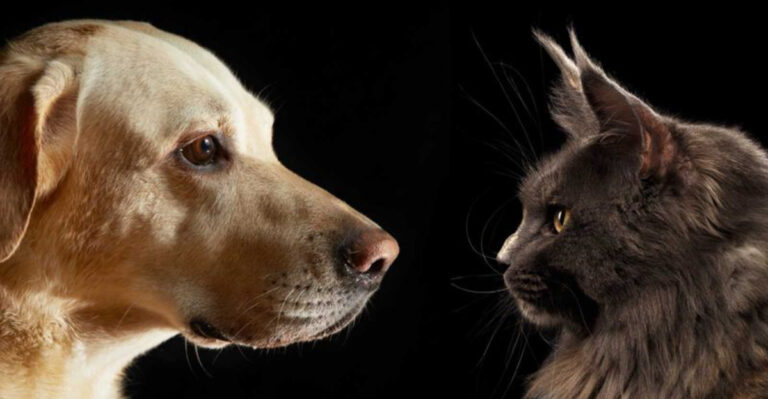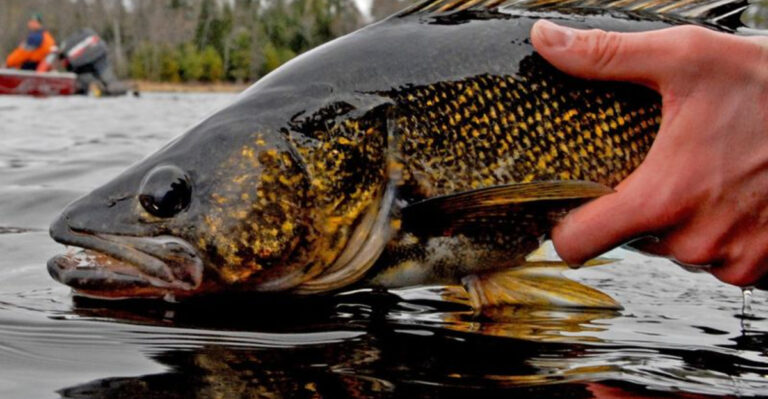12 Dog Breeds With The Shortest Lifespan (And 3 With The Longest)
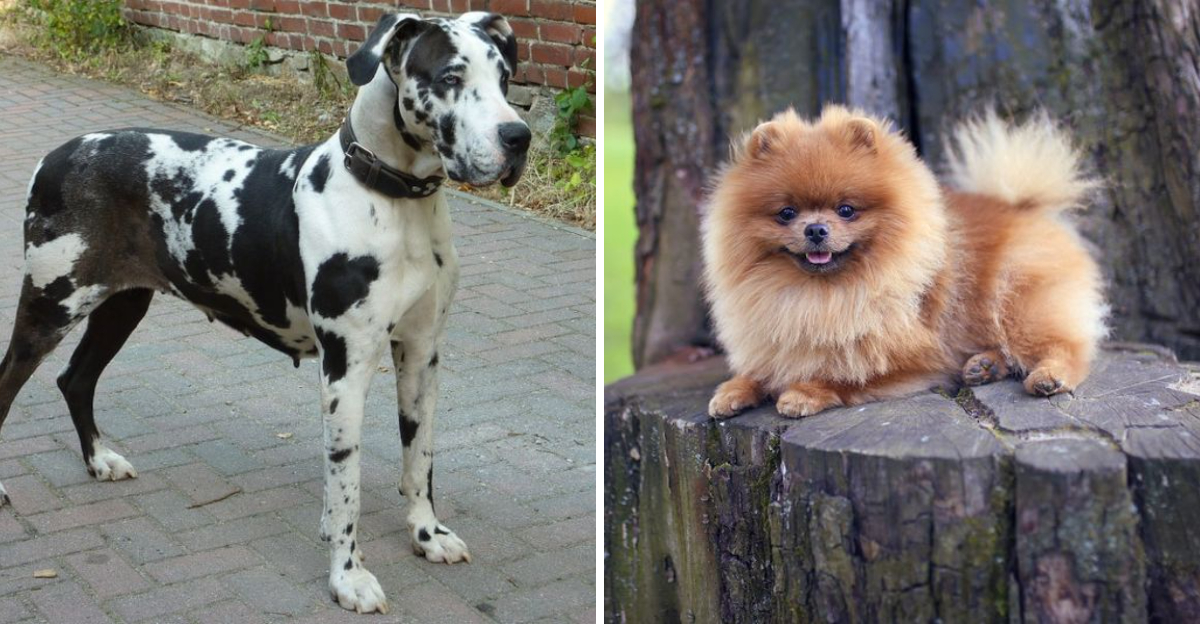
When welcoming a furry friend into your family, understanding their expected lifespan helps prepare for the journey ahead.
Many people assume all dogs live about the same amount of time, but breed differences can mean anywhere from 6 to 17 years together. Size plays a major role – generally, smaller dogs outlive their larger counterparts due to slower aging and fewer health complications.
1. Great Danes
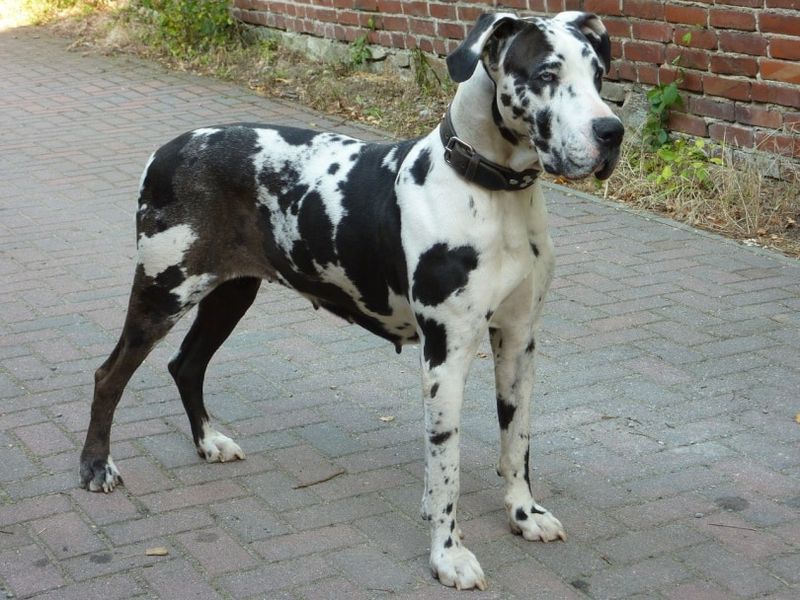
Standing tall as apartment-friendly giants, Great Danes typically live just 7-10 years. Their massive hearts work overtime to pump blood through their towering frames.
Sadly, these gentle souls often develop dilated cardiomyopathy and joint problems that cut their lives short. Despite their brief time with us, their enormous paw prints leave lasting impressions on our hearts.
2. Saint Bernards
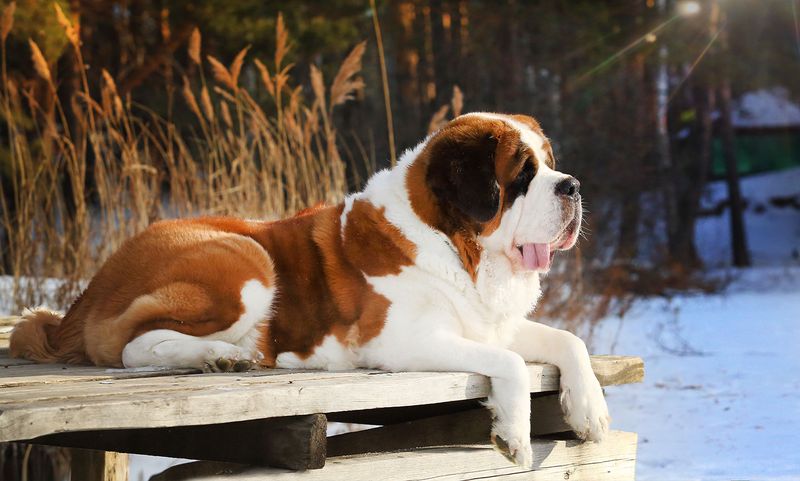
Famous for alpine rescues with brandy barrels, Saint Bernards typically enjoy only 8-10 years of life. Their substantial size (up to 180 pounds) puts tremendous strain on their hearts and joints.
These fluffy mountains of love frequently battle hip dysplasia, heart disease, and gastric torsion. Despite their short time with us, their legendary loyalty and drool-covered cuddles make every moment worthwhile.
3. Irish Wolfhounds
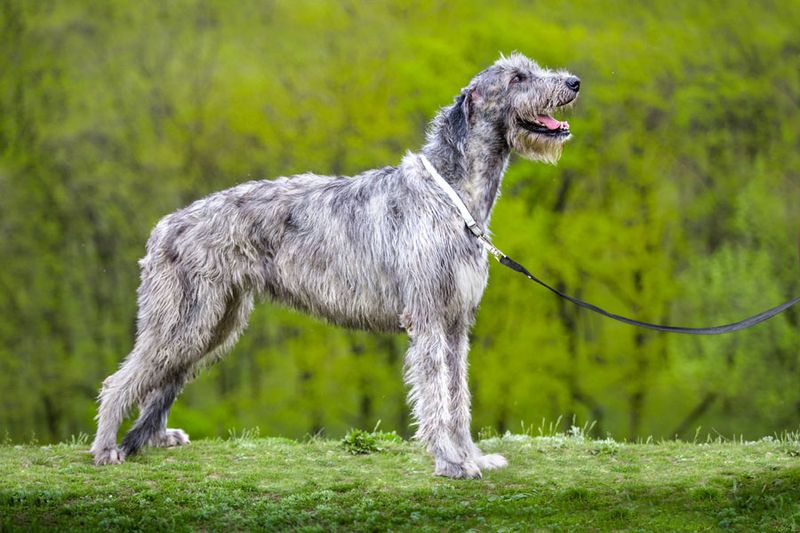
“Gentle when stroked, fierce when provoked” – this ancient motto perfectly captures Irish Wolfhounds. Once hunters of wolves and elk, these tallest of all dogs typically live just 6-8 years.
Heart disease stalks these gentle giants, with dilated cardiomyopathy being particularly common. Bone cancer also claims many of these historic hounds before their time, despite their otherwise robust constitution.
4. Bernese Mountain Dogs
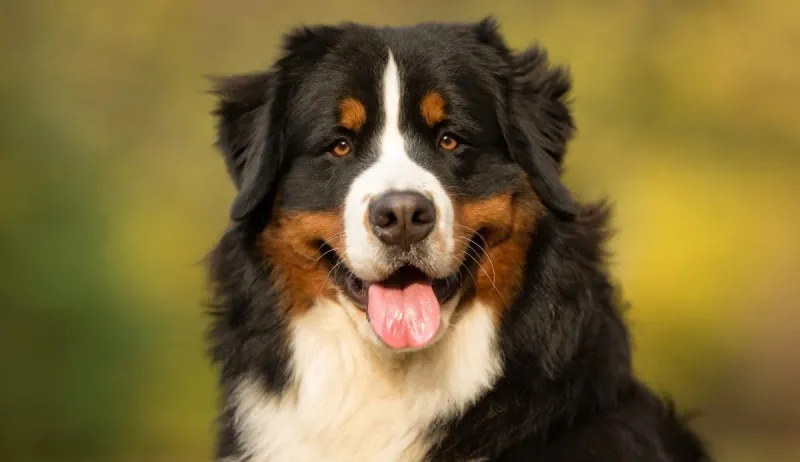
With their tricolor coats and teddy bear faces, “Berners” steal hearts quickly – which makes their 6-8 year lifespan especially heartbreaking. Originally bred as farm dogs in Switzerland, they face modern health challenges.
Cancer strikes these beautiful companions at alarming rates – over half succumb to various forms. Hip dysplasia and bloat further complicate their health, making their time with us precious but painfully brief.
5. Mastiffs
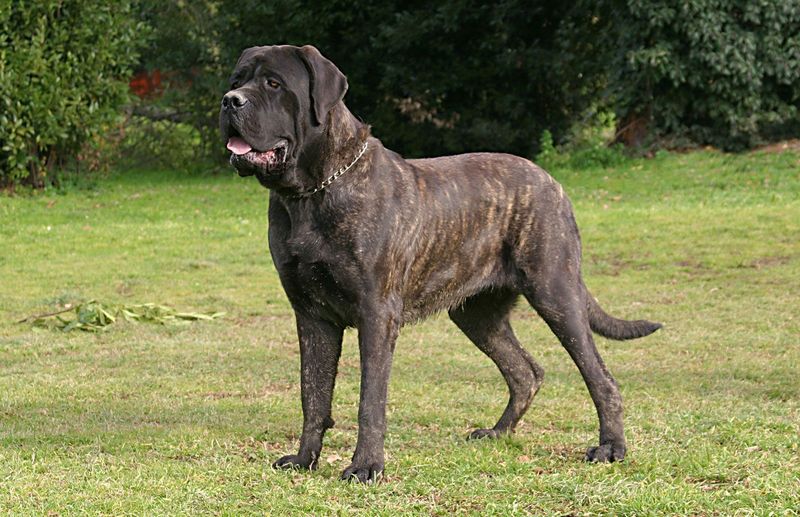
Dating back to ancient civilizations, Mastiffs have guarded homes for centuries but typically stay with families just 6-10 years. Their massive bodies (some reaching 230 pounds) create immense stress on vital organs.
Heart problems and joint issues plague these gentle behemoths. Heat sensitivity further complicates their health, as their massive bodies struggle to cool efficiently, making summer particularly challenging for these historic guardians.
6. Doberman Pinschers
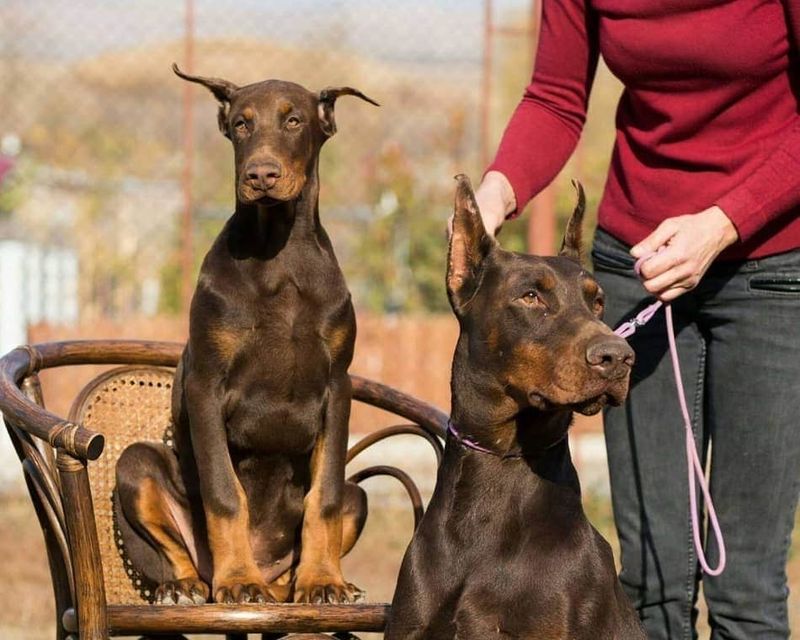
Sleek and athletic, Dobermans embody loyalty and intelligence but typically depart after just 10-12 years. Created in the 1890s by a German tax collector seeking protection, these dogs face modern health challenges.
Dilated cardiomyopathy silently damages their hearts, often showing symptoms only in advanced stages. Von Willebrand’s disease, a blood clotting disorder, further complicates their health journey, making preventative care crucial for these devoted guardians.
7. Rottweilers
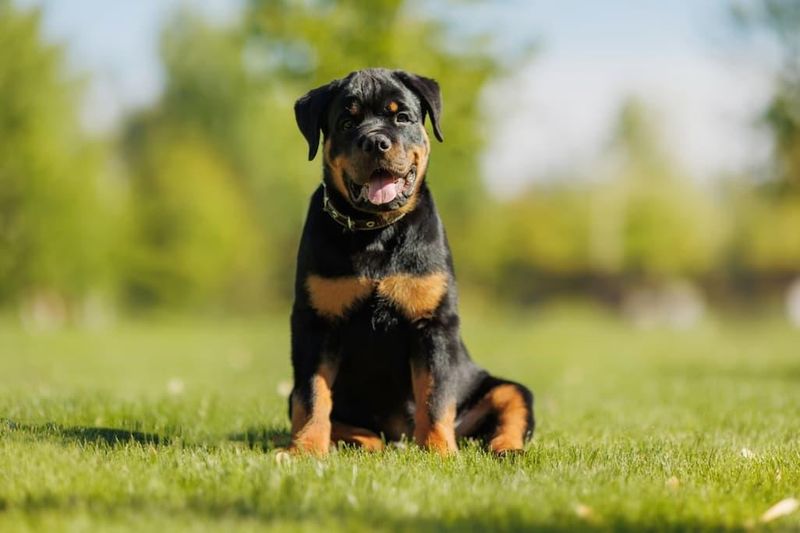
Descended from Roman drover dogs, Rottweilers combine strength with intelligence but typically share only 8-10 years with their families. Behind their confident demeanor lies vulnerability to several health conditions.
Cancer claims many Rottweilers prematurely, particularly bone and lymphatic forms. Heart issues and hip dysplasia further compromise their health, making regular veterinary screening essential for these powerful but susceptible companions.
8. Chow Chows
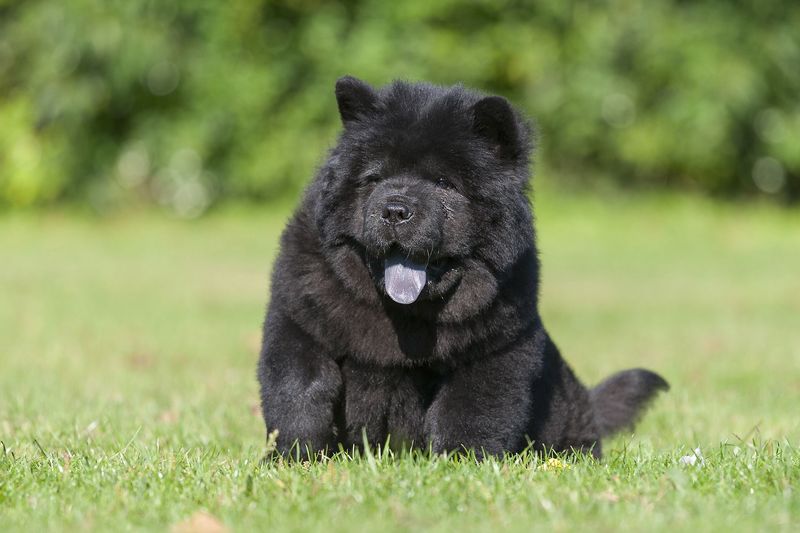
With their lion-like manes and blue-black tongues, Chow Chows stand out in any crowd but typically stay with us just 8-12 years. These ancient Chinese dogs face numerous modern health challenges.
Autoimmune disorders frequently target these fluffy companions, particularly affecting their skin and joints. Thyroid issues and entropion (inward-rolling eyelids) further complicate their health journey, requiring vigilant care to maximize their quality of life.
9. Boxers
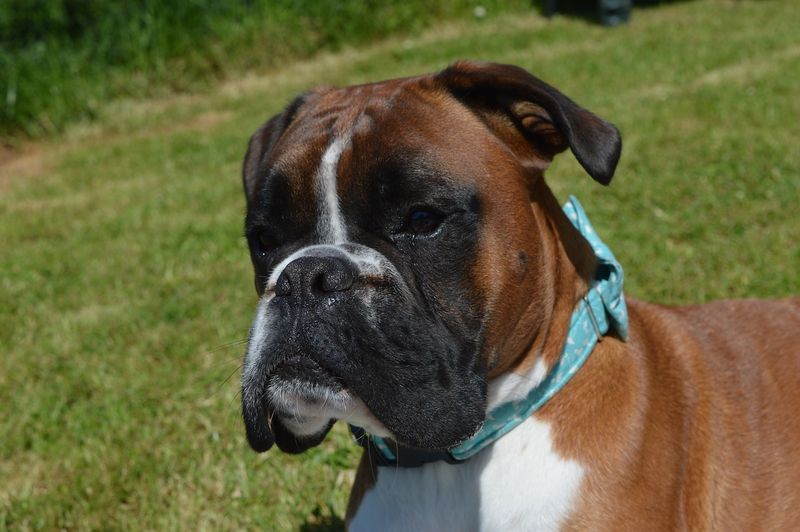
Eternally puppy-like in spirit, Boxers bring joy and energy but typically share only 8-10 years with their families. Their exuberant personalities mask serious health vulnerabilities.
Cancer rates run alarmingly high in these playful companions, particularly mast cell tumors and lymphoma. Heart conditions like aortic stenosis and arrhythmogenic right ventricular cardiomyopathy further threaten these spirited dogs, making regular cardiac screenings essential throughout their brief lives.
10. Bullmastiffs

Created by crossing Bulldogs with Mastiffs, these powerful guardians typically stand watch for just 8-10 years. Originally bred to catch poachers in English game preserves, they face several modern health challenges.
Bloat threatens these deep-chested dogs, requiring emergency intervention when it strikes. Hip dysplasia compromises mobility, while lymphoma and mast cell tumors cut short the lives of many of these loyal protectors despite their otherwise robust constitution.
11. French Bulldogs
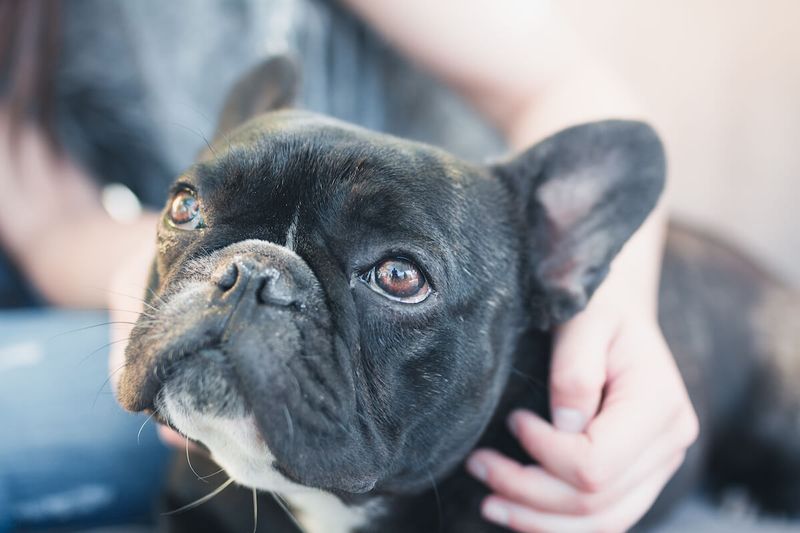
Those adorable bat ears and smushed faces come with a price – Frenchies typically live just 10-12 years. Unlike other short-lived breeds, size isn’t their problem; their designer anatomy is.
Brachycephalic airway syndrome makes every breath a challenge, especially in heat or during exercise. Spinal problems from their screw tails further complicate their health journey, making these fashionable companions particularly vulnerable despite their moderate size.
12. Bulldogs

With their pushed-in faces and rolling gaits, Bulldogs capture hearts quickly but typically stay just 8-10 years. Originally bred for bull-baiting, modern Bulldogs bear little resemblance to their athletic ancestors.
Breathing difficulties plague these flat-faced companions constantly. Skin fold infections require daily cleaning, while overheating becomes life-threatening even in mild weather. Despite these challenges, their sweet temperaments make every day with them worthwhile.
13. Chihuahuas

Weighing less than a gallon of milk, Chihuahuas pack impressive longevity into tiny packages, often reaching 14-20 years! Ancient Toltec artifacts suggest these dogs have maintained their small stature for centuries.
Their minimal genetic health issues contribute to their extended lifespans. Heart murmurs and dental problems represent their primary health concerns, but with proper care, these pocket-sized companions often become the seniors of the dog world.
14. Dachshunds
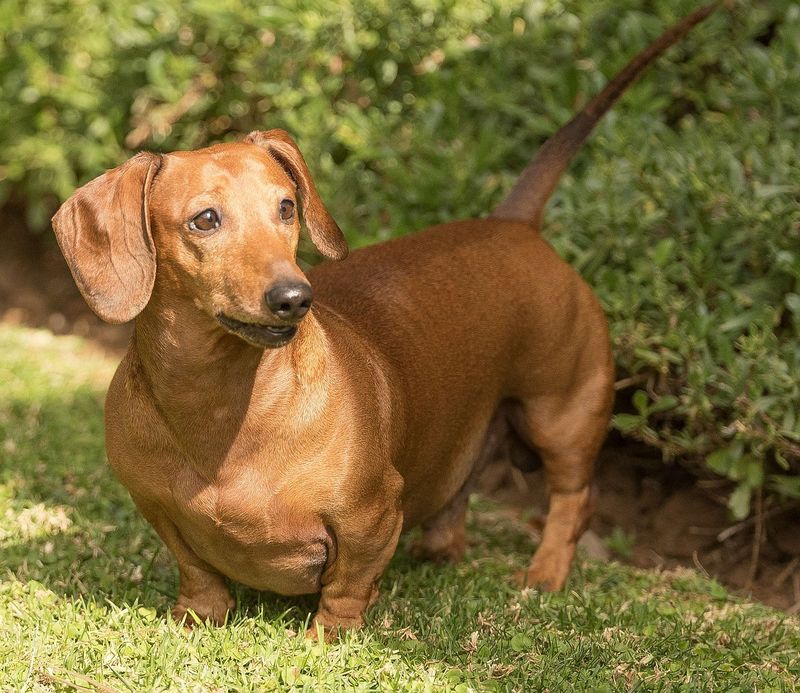
“Hot dogs” or “wiener dogs” bring joy for 12-16 years on average! Originally bred to hunt badgers (dachs) in Germany, their long bodies and determined personalities serve them well into their senior years.
Intervertebral disc disease represents their primary health concern, making weight management crucial. Dental issues also affect many seniors, but with proper care and ramp access to furniture, these brave little hunters frequently become beloved family fixtures for well over a decade.
15. Pomeranians

Behind those fox-like smiles and poufy coats, Pomeranians hide remarkable longevity, frequently reaching 12-16 years and sometimes beyond! Descended from large Arctic sled dogs, today’s Poms have shrunk while extending their lifespans.
Dental issues represent their primary health concern, making tooth brushing essential. Patellar luxation occasionally affects their tiny knees, but with proper care, these spirited fluffballs often become the seniors at the dog park, outlasting many larger companions.


